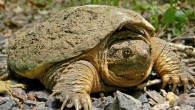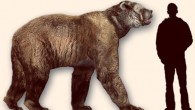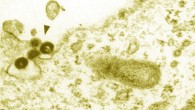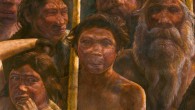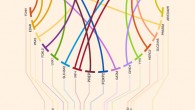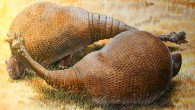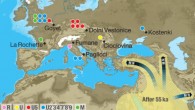An international team of genetic researchers from the United States and Europe has found new evidence that there was an Ice Age refugium in southern Arabia. Spatial frequency distribution map of haplogroup R0a. Image credit: Francesca Gandini et al. Once the Ice Age receded — with the onset of the Late Glacial period about 15,000 years ago — the people of the refugium dispersed and populated Arabia and the Horn of Africa, and might also...


